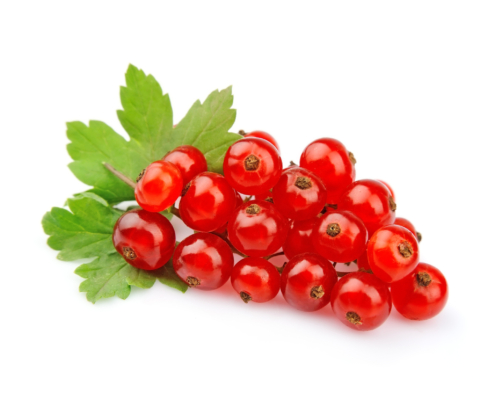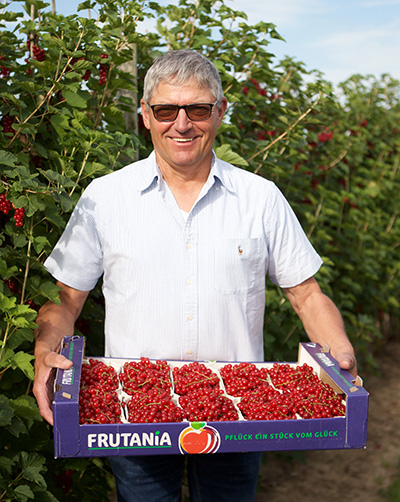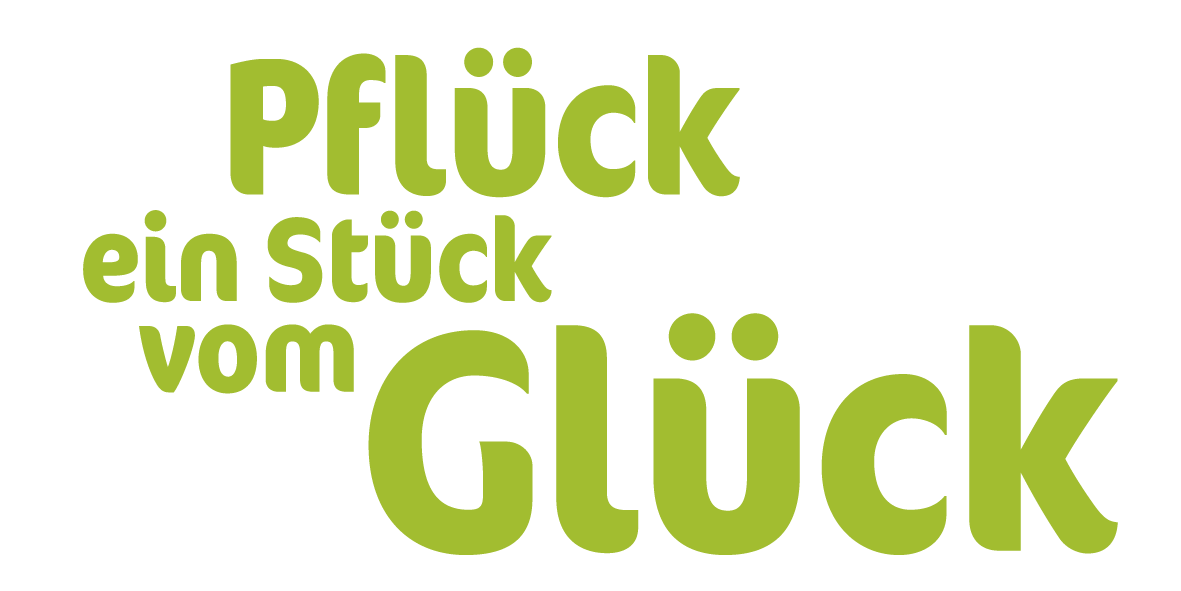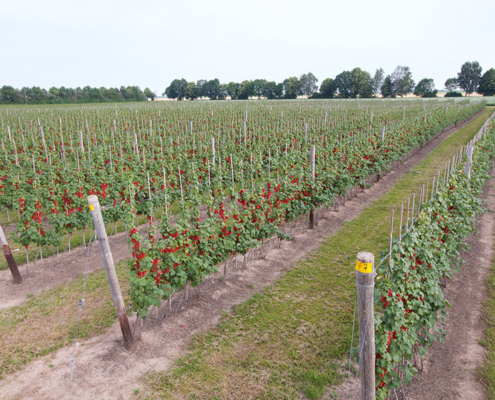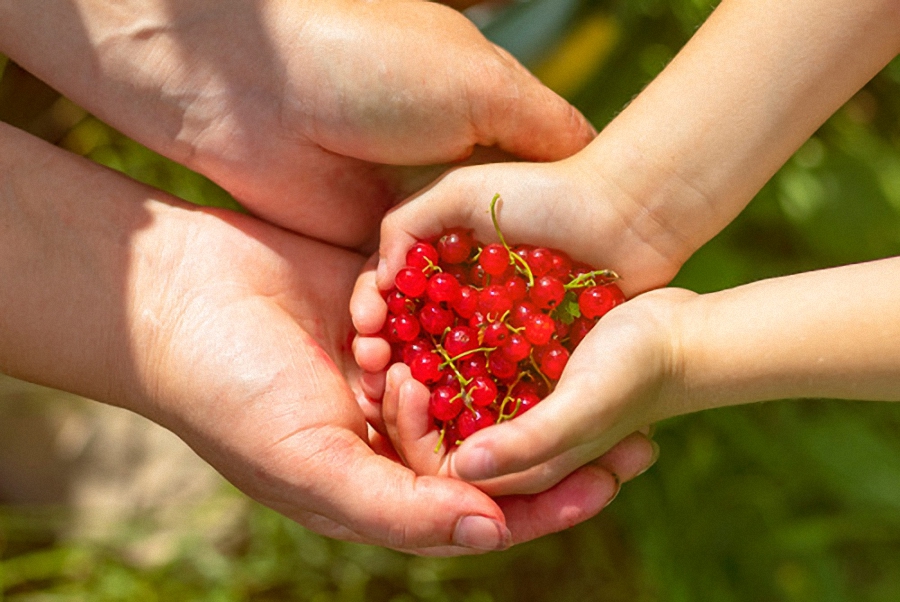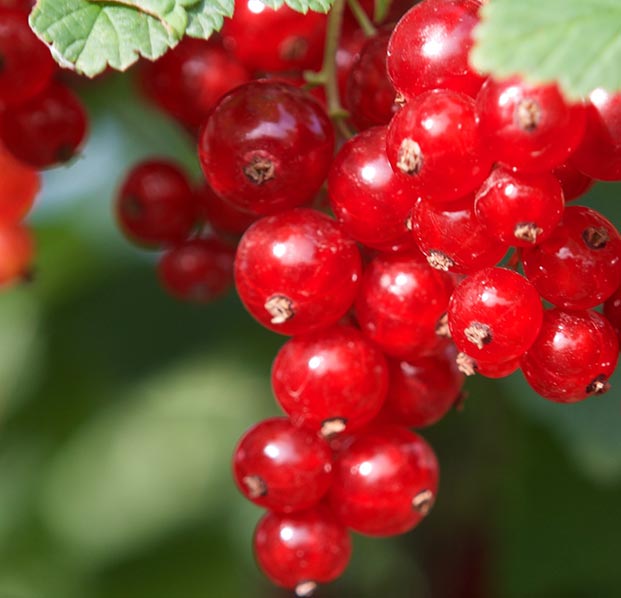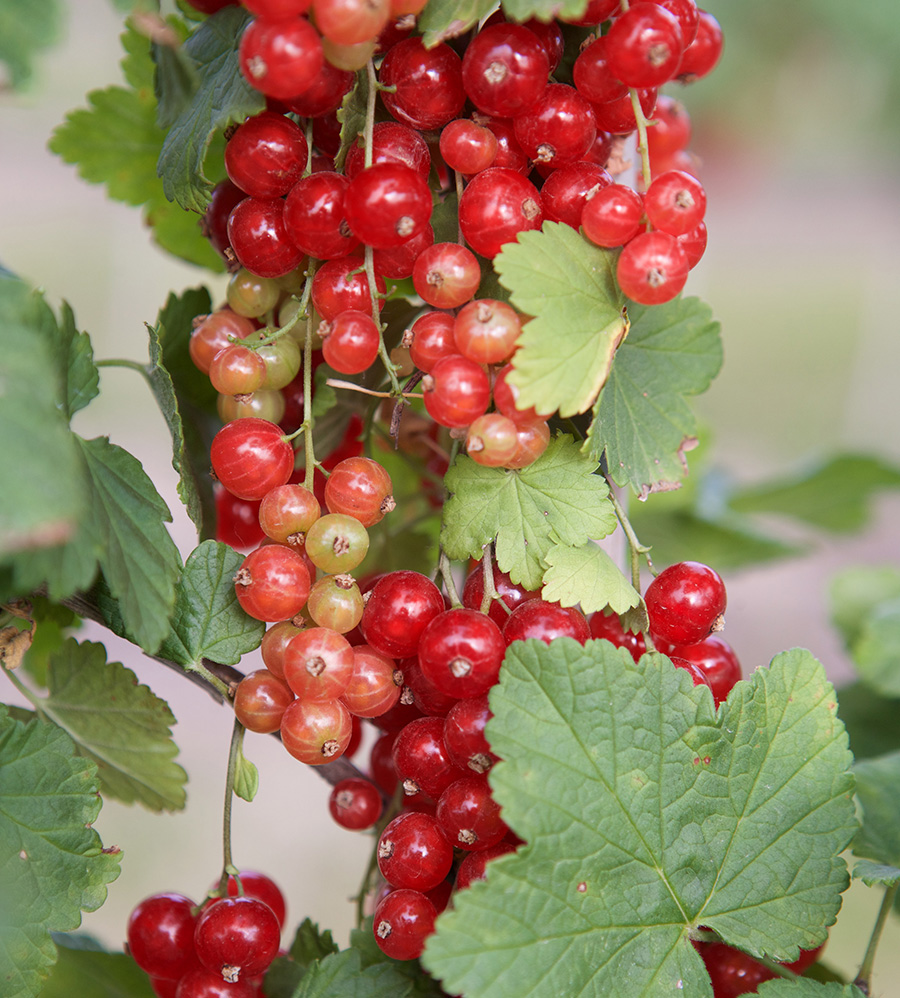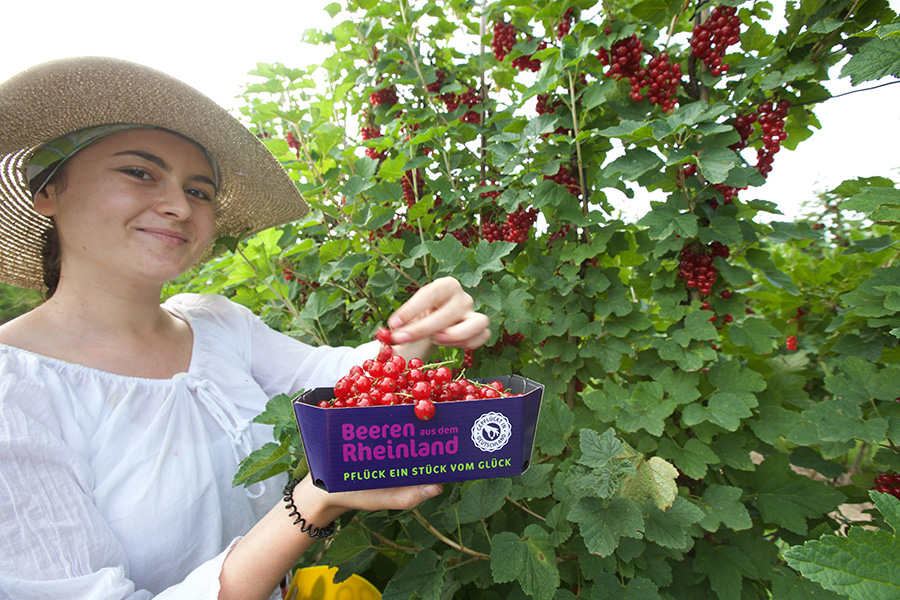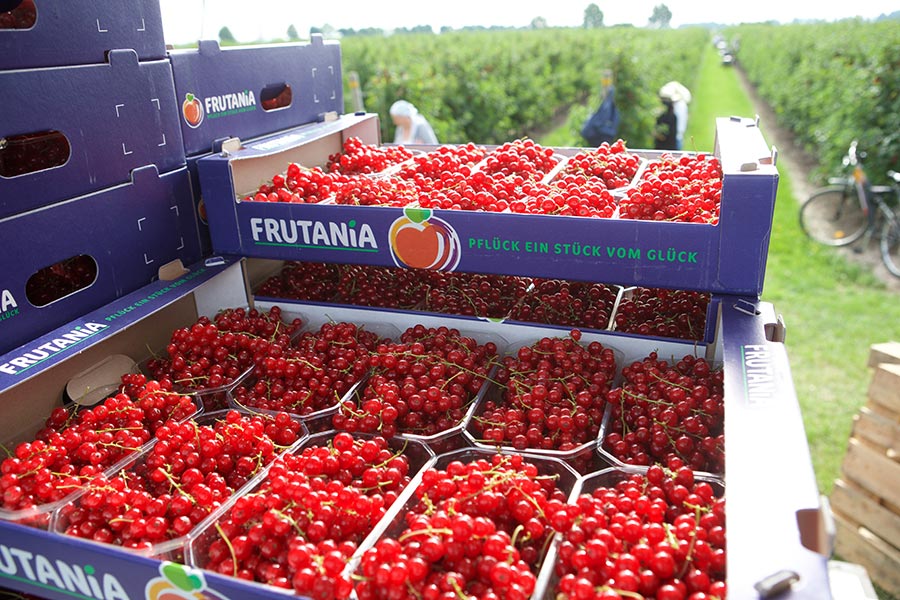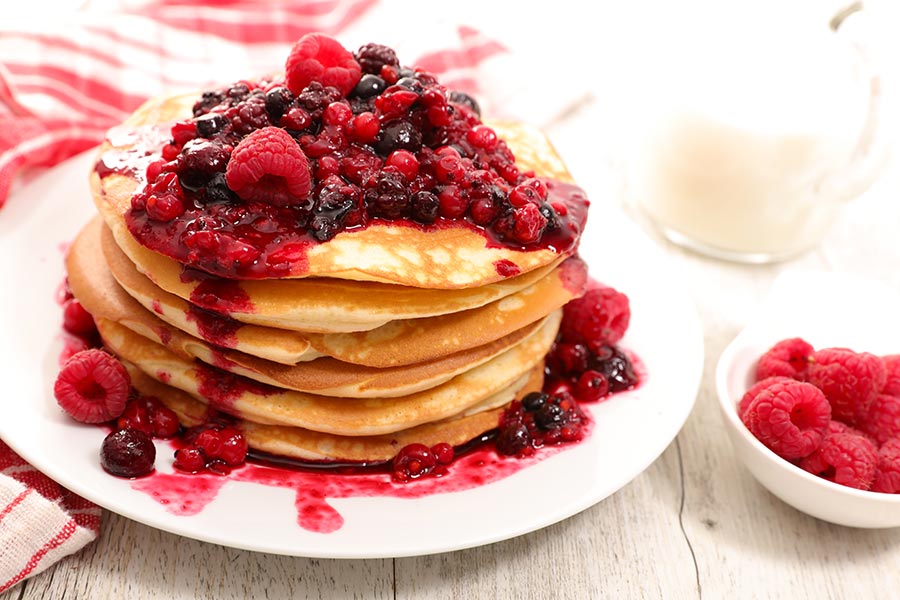Our currants
Our currants are bright red, typically tart, firm, plump and round fruits with uniform clusters and fine shiny – a true happiness!
Peter Dahmen, one of our growers for currants:
“Happiness for me is when I can deliver a good and clean product of my work with high quality.”
The farm of the Dahmen family is located in the Jülicher Börde, on the northern edge of the Eifel. Already in the third generation, this one runs dairy cattle and arable farming. A new addition is the cultivation of currants by Peter Dahmen.
Anbaumethoden
Junge Johannisbeersträucher werden im Frühjahr oder Herbst und überwiegend im Freiland gepflanzt. Zum Schutz erhalten sie immer öfter Regenkappen oder Schattiernetze. Bei der Johannisbeere handelt es sich um eine Dauerkultur – ihre Plantagen werden 10 bis 12 Jahre alt.
Ernte & Lagerung
Die heimische Johannisbeersaison beginnt Mitte Juni und geht bis etwa Mitte August. Im Anschluss gibt es noch deutsche, gekühlte Lagerware bis zur Weihnachtszeit.
Pflücken
Zwei bis drei Jahre nach der Pflanzung können die ersten Früchte geerntet werden. Die reifen Trauben werden im Ganzen von Hand gepflückt.
Reifestufen
Johannisbeeren reifen gleichzeitig und werden daher ein- bis zweimal geerntet.
Our varieties
J. v. Tets | Rolan | Rotet | Rovada | Haronia
Frutania currants
Currants have their ripening period around St. John’s Day, which is celebrated on June 24. Hence the name, the particularly vitamin C-containing berries (about 3 times as much vitamin C as in a lemon). Currants are also supplier of important minerals iron, potassium and magnesium, so all around healthy and refreshing in the summer time.
Frutania currants from German cultivation are available from: June – end December
Consumer tips
Purchasing
Currants should look nice and plump, and their skin should be unharmed. A clear sign of freshness and good quality are also green leaves remaining on the grapes.
Storage
Currants are delicate and should be consumed one or two days after purchase. To wash them, you can rinse the currants under running water, drain them well, and then strip the individual berries from the panicle with a fork.
Preparation
Currants are one of the classics in summer canning juice or jelly. The panicles and stems can be cooked without any problems, because they contain a lot of tannic acid and therefore give off a lot of aroma.
Red and white currants are wonderful for snacking, pies, cakes, red fruit jelly and fruit salads. Black currants are perfect for making jams, juice and as a fruity ingredient in savory dishes with game.
The currant
Small encyclopedia
Currants reach their optimum ripeness from about St. John’s Day in June. That was a good reason to give her that name. Depending on the region and country, currants are also known as Ribseln, Träuble or Ahlbeeren. With their 50 varieties, they are known throughout Europe and are one of the typical summer fruits.
Whether red, black or white – all currants are rightly considered healthy. Depending on their color, currants also have a different taste and are each suitable for quite different popular preparations and specialties. Probably the most famous treat made from blackcurrants is cassis, a dark and fruity-aromatic liqueur originating from France.


